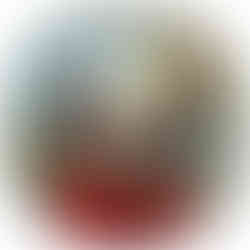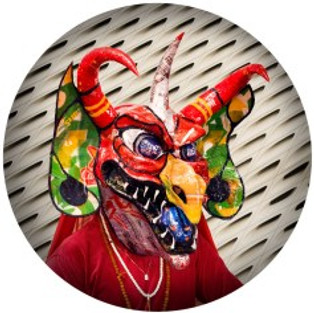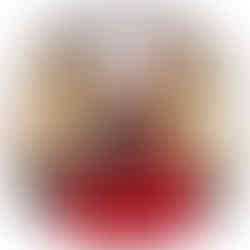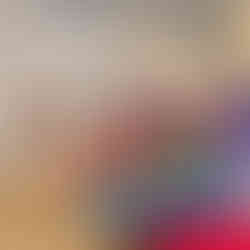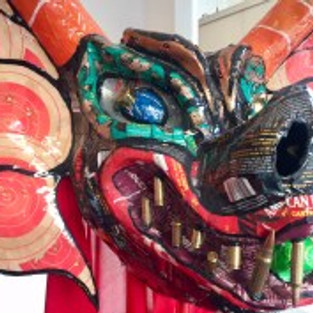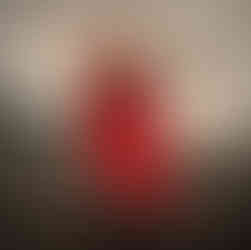
Performance event. Cristobal Valecillos. Yare: One More Dance. Timothy Yarger Fine Art. Photo Courtesy of the Gallery.
Cristobal Valecillos
Yare: One More Dance
Timothy Yarger Fine Art
By Shana Nys Dambrot
Through November 30th
A profusion of threads converge in this passionate, intelligent, and timely interdisciplinary project from Cristobal Valecillos. Issues of cultural identity, tradition, history, religion, ritual, metaphor, performance, sculpture, photography, architecture, the power of color, and the narrative potential of recycled materials are just some of what’s on the table in Yare: One More Dance, Timothy Yarger’s perfect contribution to the Pacific Standard Time continuum. A native of Venezuela residing in Los Angeles, Valecillos literally and conceptually revisited a centuries-old ritual pageant common in that country, deftly and innovatively merging its legacy with modern experience, reinterpreting its function and recreating its elaborate decorative motifs within his own vision.
Valecillos is best known for his show-stopping, Instagram-breaking installations of large-scale photography both depicting and then installed inside intricate, immersive architecture and with haute fashion all made entirely of cardboard. For Yare, Valecillos stays true to his process commitment to recycling and elevating unconventional, even discarded materials into an expressive fine art idiom. In this case rather than cardboard, he retools dazzling, colorful, shiny and quite ordinary stuff like soda cans, religious pamphlets, and bullets into a series of fantastical, prismatic, folk-baroque, large-scale character-based masks with horns and teeth and great bulging eyes. That’s because the religious tradition he revisits is the annual Los Diablos Danzantes de Yare (Dancing Devils) festival in the town of Yare, Venezuela, in which operatically masked and red-robed dancers basically rave-parade through the village in a culmination in the church square that for obvious reasons is a favorite day of the year — and for which homemade, hand-painted headpieces are routinely, expertly, proudly fashioned out of earth and recycled paper.
The eight masks (El Dulce, Sangre, Solo, Propaganda, Basura, Matasano, Asfixia, and Dogma) which stand guard at the photography exhibition, beckon rather than threaten, with the radiating warmth of the red cloth and the enchanted physical charm of the animal spirits themselves. Alarming fangs (some made of bullets), crushing jaws, and sharp horns built, like their scaly skins, of hand-tooled Coca-cola and Mountain Dew cans, their dragon-like faces might be smiling and up close their reflective, high-gloss surfaces demand to be touched. They may be devils, but these read like protectors. A crew of dancers wore them and performed a version of the traditional dance for the opening weekend, as well as starring in the main fine-art event — a rich, witty series of portraits, as well as moody, atmospheric photographs showing the devils hitting the LA tourist spots.
These photographs are unavoidably gorgeous, composed in a cinematic elevation of snapshots, each devil visiting a different civic monument or local landmark from The Broad to Randy’s Donuts, the Santa Monica Pier, and Griffith Observatory. The one at the Venice skate park is in some ways both the most haunting and the wryest. On the one hand, the otherworldliness of the concrete lunar topography of the park is fittingly bizarre for the apparition who poses there. On the other, take note of the fact that in Venice, the decked-out devil “Solo” doesn’t even warrant a second look from locals. The entire crew poses together at Disney Hall, and it is hard to miss the sculptural similarities between the costumes and the architecture. In fact all the landmarks boast unique, even eccentric architecture (the giant donut counts) and are or have been sites of secular LA society’s own public rituals — sports, science, rollercoasters, junk food, Pop art. And so finally in that way, after all the color and emotion and visual and physical drama and technical innovation, in the end this is a story about intersections — between identities, histories, old and new traditions, body and spirit, public and personal, humor and faith, high and low, this world and the next, object and action.
Video embed code:
#losangeles #art #onlineartmagazine #losangelesart #contemporaryart #timothyyargerfineart #photography #artgallery #shananysdambrot #artandcake #artexhibition #installation #ArtandCakeLA #fineart #artists #artist #OneMoreDance #arts #Yare #artreview #sculpture #artexhibit #artmagazine #ArtandCulture #CristobalValecillos #performance #losangelesgallery #visualart







